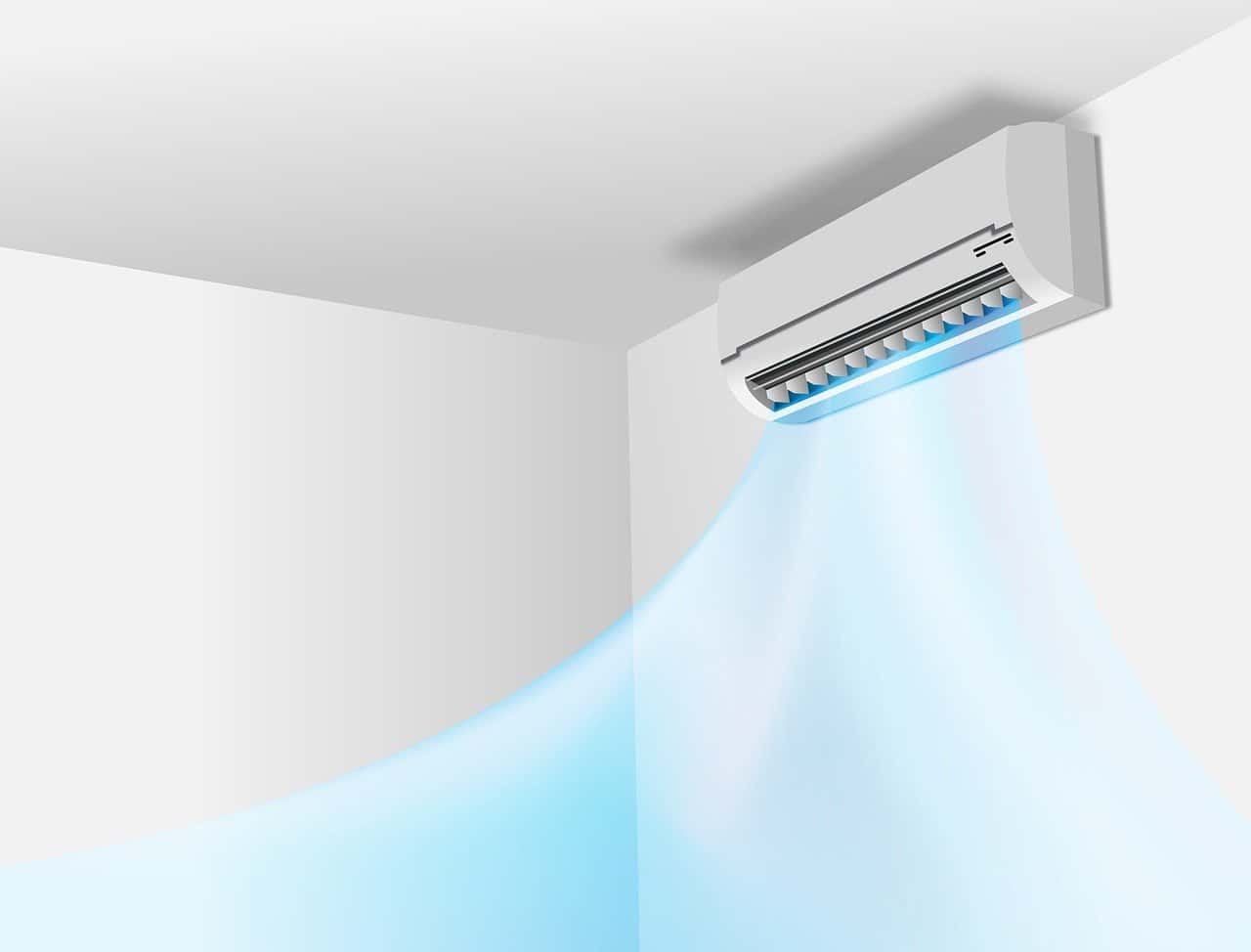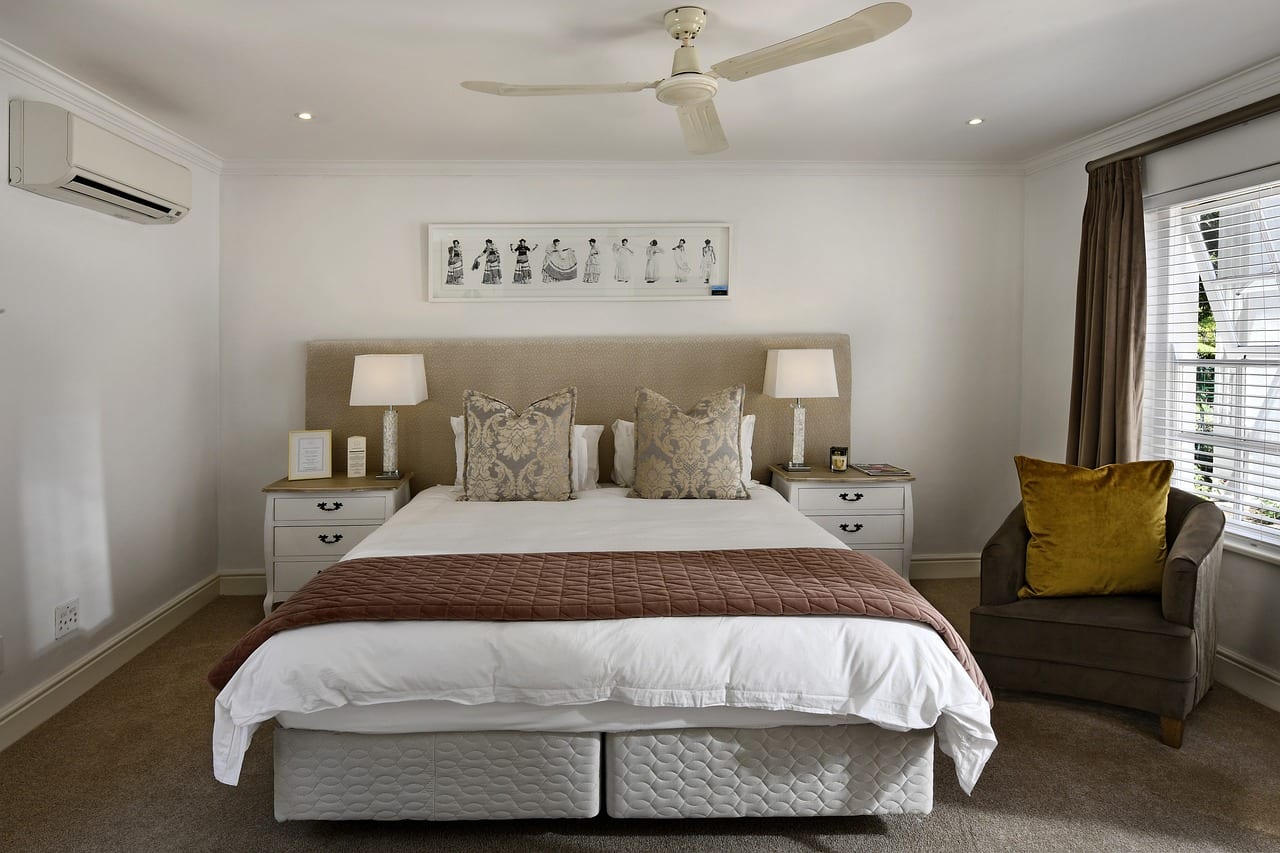Are you struggling with home air conditioning? Good news – achieving optimal AC isn’t as tricky as it seems. This article will walk you through key considerations to enhance your home’s comfort level. Get ready to transform your living space into a cool, energy-efficient haven, no matter how scorching the summer heat may be.

Regular Maintenance
Regular maintenance is vital in ensuring that your air conditioning system performs at its peak efficiency. It primarily involves routine cleaning and inspection to prevent the build-up of dust and debris that could obstruct airflow and cause the system to work harder, thereby consuming more energy. This is why Lion City homeowners frequently conduct aircon servicing in Singapore that ensures their ACs stay thoroughly cleaned and in top shape throughout the year. Properly maintained AC units can also prevent unexpected breakdowns, prolonging the unit’s lifespan. Further, regular maintenance includes checking and refilling the system’s refrigerant levels, which are crucial for cooling.
It also encompasses the inspection of electrical connections to ensure they’re secure and tightening any loose parts to prevent further damage. Thus, routine maintenance not only enhances your AC’s efficiency and reliability but also leads to energy savings, ultimately contributing to a more comfortable and cost-effective home environment.
Thermostat Settings
Optimizing your thermostat settings significantly contributes to achieving ideal AC performance. In essence, the thermostat serves as the command center for your air conditioning system. When set at a consistent, moderate temperature—typically around 78 degrees Fahrenheit for cooling during summer — you can maintain a comfortable home environment while minimizing energy consumption. Avoid setting extreme temperatures, as it will not cool or heat your home faster but instead may lead to excessive energy use and increase your utility bills.
Modern thermostats also provide programmable settings, allowing you to adjust temperatures based on your daily routines and occupancy, further enhancing energy efficiency. Hence, thoughtful thermostat management is a simple but effective strategy for improving the functionality of your AC while promoting energy savings.
Smart Tech and Energy Efficiency
Technology is your best friend when it comes to home maintenance because it makes your life all the much easier. Here are some pieces you should consider getting:
- Smart thermostat
- Vents
- Room sensors
- Air purifiers
- Voice assistant integration
- Learning algorithms
- Geofencing tech
- Integration with weather data
Smart tech, such as programmable thermostats and sensors, provide precise control over temperature settings, ensuring comfort while minimizing power consumption. Further, energy-efficient systems use less electricity for the same cooling effect, reducing utility costs and environmental impact. Together, these aspects contribute to a well-balanced, comfortable, and cost-effective indoor climate.
Appropriate Sizing
Appropriate sizing of your air conditioning system is crucial for optimal comfort and efficiency. A system that’s too small will struggle to cool your home, leading to excessive wear and tear and energy consumption. On the contrary, an overly large system will frequently cycle on and off, causing temperature fluctuations and increased energy usage. Properly sized AC units maintain consistent temperature and humidity levels, enhancing home comfort.
They also operate efficiently, reducing energy costs and prolonging system life. Therefore, it’s advisable to involve a professional in calculating the correct size of your AC unit, considering factors like your home’s size, insulation levels, and number of windows. This way, you’ll ensure a perfectly balanced, energy-efficient, and comfortable indoor environment.
Proper Insulation and Sealing
These solutions prevent the loss of cool air and the entrance of hot air, thereby minimizing the workload of your AC system. Insulation acts as a barrier, reducing the amount of heat entering your home during summer. Similarly, effective sealing of windows, doors, and other openings prevents cool air from escaping, maintaining the desired indoor temperature.
Consequently, the AC system doesn’t have to overwork to compensate for the lost cool air, leading to reduced energy consumption and enhanced efficiency. Therefore, adequate insulation and sealing not only promote a comfortable living environment but also contribute significantly to energy savings.
Ventilation and Airflow
Proper ventilation facilitates the exchange of indoor air with fresh outdoor air, eliminating pollutants and controlling humidity levels. Inadequate ventilation might lead to stale, moisture-laden air, which makes your AC work harder to cool the room, thereby consuming more energy and reducing its efficiency.
Similarly, good airflow ensures that the cool air generated by your AC system circulates evenly throughout your home, maintaining a consistent temperature in all areas. If it’s restricted, some rooms might become too cold, forcing you to adjust your thermostat and resulting in higher energy usage. Therefore, ensuring adequate ventilation and uninterrupted airflow is crucial to maintaining an energy-efficient, comfortable indoor environment.
In conclusion, maintaining optimal AC in your home doesn’t need to be a daunting task. With regular maintenance, smart tech adoption, proper insulation, and careful attention to ventilation, you can enjoy a comfortable, energy-efficient home. Embrace these strategies to transform your living space into a cool, cost-effective haven, even in the height of summer.















